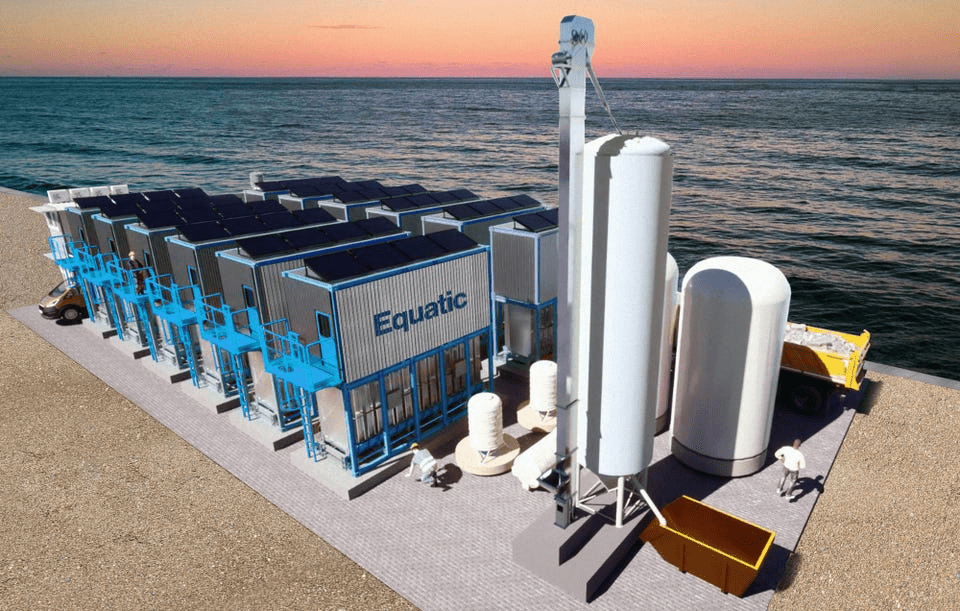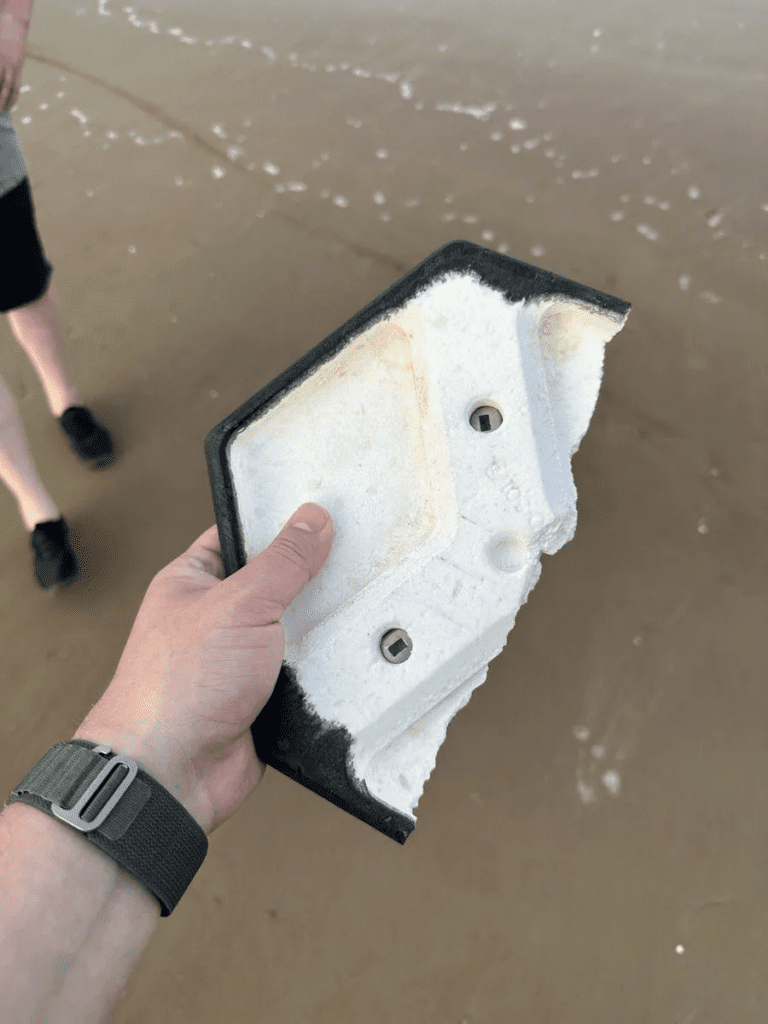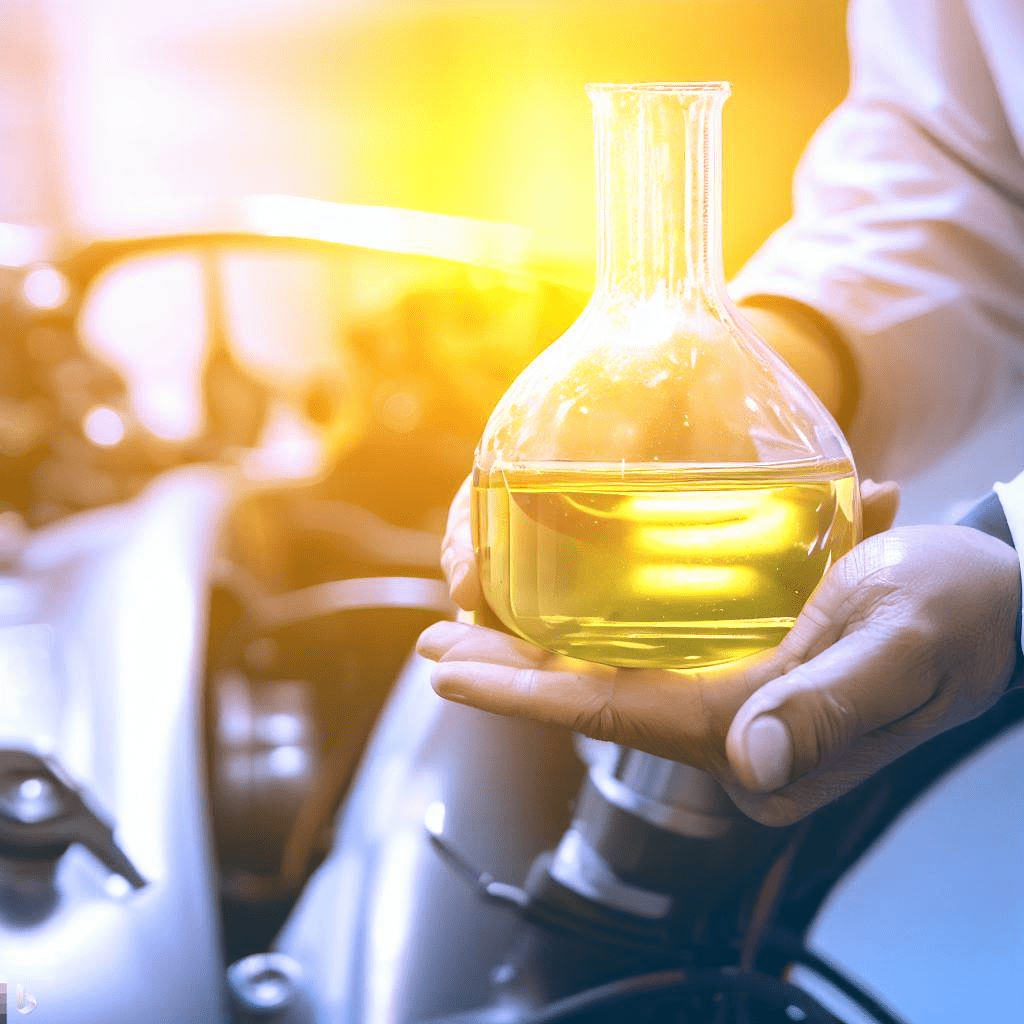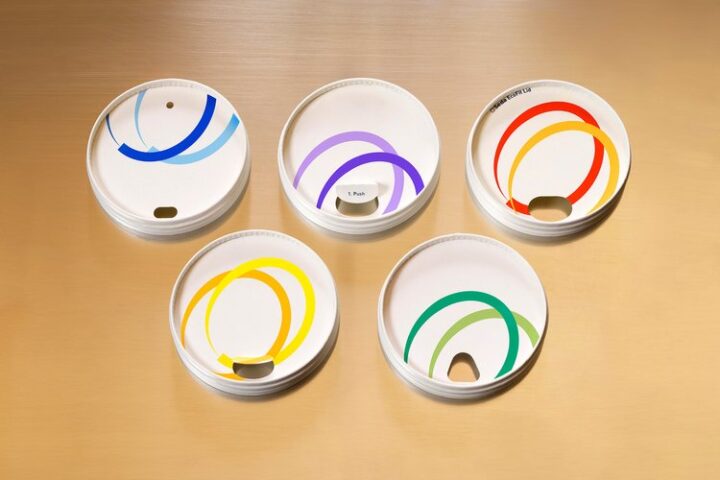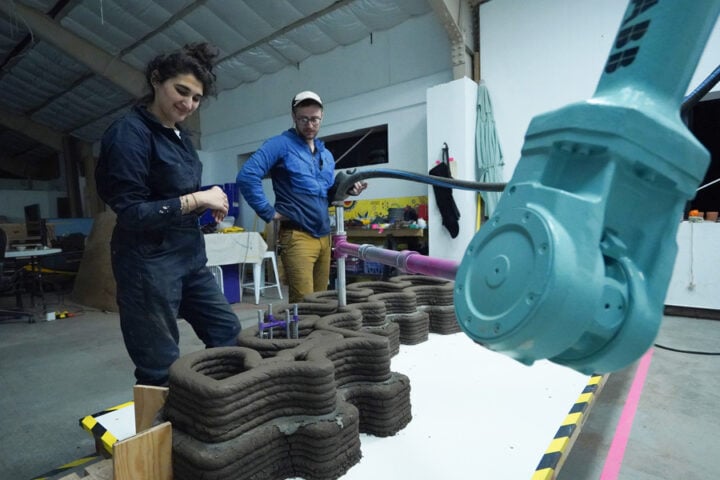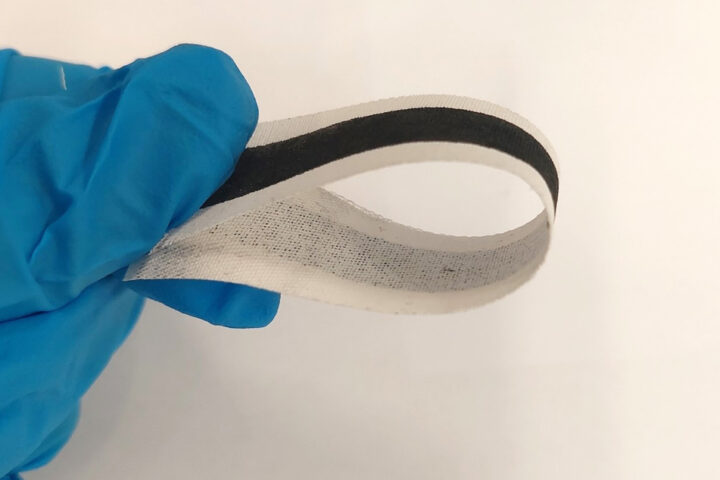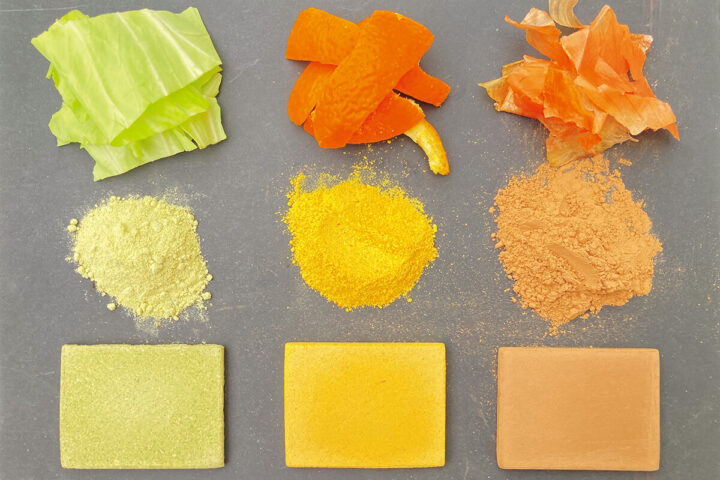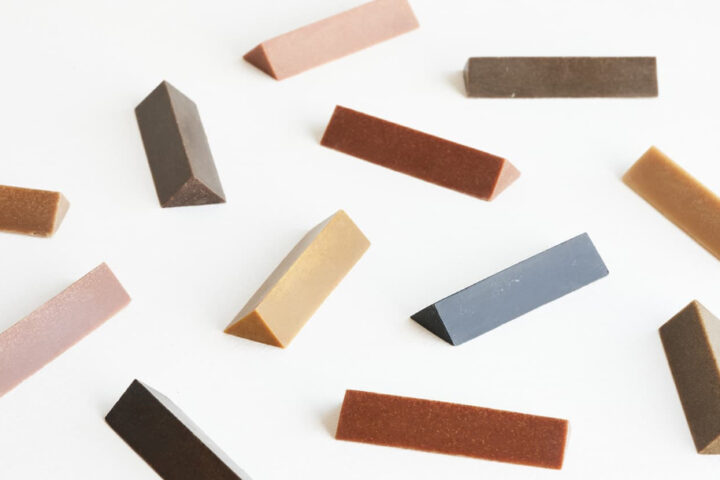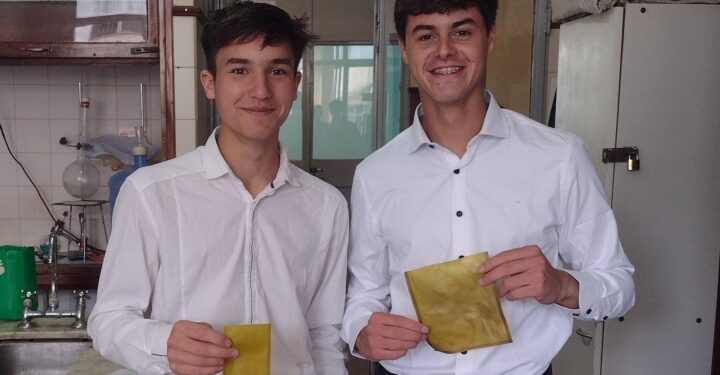In order to help mitigate the atmospheric accumulation of CO2, a team of engineers from the UCLA Samueli School of Engineering is working on a system. A start-up born out of the technology developed at UCLA, Sea Change, is set to launch two pilot systems in LA & Singapore. The aim of the project is to increase the ocean’s capacity to absorb CO2 by removing vast quantities of it from seawater.
The UCLA team wants to use an electrochemical process to remove CO2 from sea water to increase its absorption capacity. The planet’s main carbon sinks are already the oceans, which absorb 25% of all CO2 emissions, but they are reaching their capacity to absorb more due to ocean acidification & rising temperatures.
The engineers have built a mini factory that pumps seawater into the system & subjects it to an electrical charge to convert CO2 into a fine powder containing calcium carbonate. The pilot plants of Sea Change turn CO2 absorbed by the ocean into minerals, leaving the ocean free to absorb ore.
Similar Post
It’s the belief of the researchers that around 1,800 industrial-scale plants would capture about 10 billion tons of atmospheric CO2 per year. The goal of the project is “to use the ocean as a big sponge”, according to lead researcher Gaurav Sant. The ocean’s capacity for CO2 removal can be restored by the technology at a globally relevant scale, mitigating climate change.
According to the team, the powder created during the process can be discarded into the oceanariums, storing CO2 very durably for tens of thousands of years. Ready to absorb more CO2 from the atmosphere, pumped water returns back into the sea. The marine environment is not expected to be damaged by the process, but further testing is required to confirm this.
Hydrogen is created by the technology as a byproduct, which can be used to power clean cars, trucks, & planes in the future. CO2 capture & storage techniques can play an important role in keeping the planet livable. CO2 removal can help achieve carbon neutrality by 2050.
Similar Posts
The stocks of CO2 that have been accumulating in the atmosphere for decades could be tackled with the help of CO2 removal. Carbon neutrality by 2050 can be achieved with the help of CO2 removal. CO2 removal could help tackle the stocks of CO2 that have been accumulating in the atmosphere for decades.
Between 450 billion & 1.1 trillion tons of CO2 are to be removed from the atmosphere by 2100 to keep global warming under control. Similar to what happened with wind & solar, the CO2 removal sector needs to grow at a rate of about 30% per year over the next 30 years. Dissolved CO2 will be converted by the pilot plants into two minerals: solid limestone & brucite.
Depleted of CO2, the outgoing seawater is then able to absorb more of the greenhouse gas. The above process is similar to how some marine organisms form seashells. Protocols, & strategies for measurement, verification, & optimal siting will be defined by the pilot plants. The pilot plants will also help to develop operational best practices to ensure scalable & sustainable CO2 removal.
- Sydney Legionnaires’ Outbreak: 1 Dead, 12 Hospitalized
- Global Circularity Falls to 7.2% as Material Use Nears 20th Century Total in Six Years
- Casely Recalls 429,200 Power Pods After 51 Fire and Burn Incidents Raise Lithium Battery Safety Fears
- MTA Boosts Service on 16 NYC Bus Routes Starting June 29, 2025
- Brits Track Finances, Weather and TV More Than Cancer Symptoms, NHS Warns
